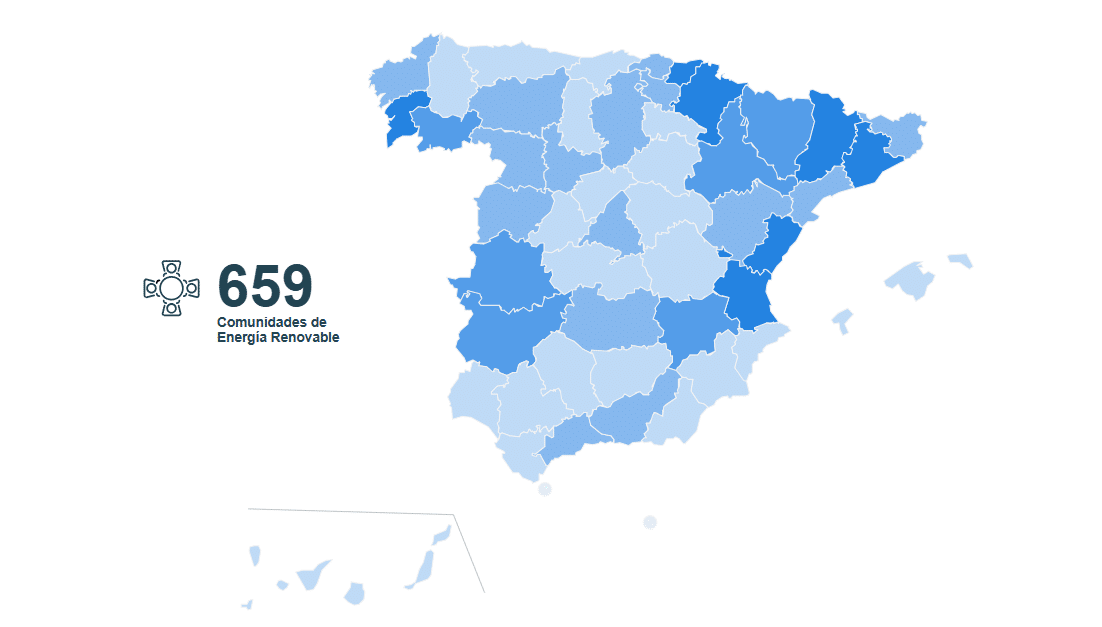
Energia Comun is a Spanish initiative by ECODES (an independent, not-for-profit organisation founded to manange and promote sustainable development projects in Spain and LATAM), and Redeia (a semi-public national electricity grid operator), supported by the Spanish Ministry of Environment and EnergyAgen (the Association of Spanish Agencies for Energy Management). In 2024, Energia Comun published its Energy Communities Observatory report.
This document maps the existing support and incentive plans for energy communities, reviews the relevant regulations, analyses the forms and channels of financing that energy communities have used/are using, and reviews the current situation of energy communities, region by region. The report also lists all the 659 energy communities identified in Spain, to date.
According to Energia Comun and its Energy Communities Observatory report, Navarra is the autonomous community with the most energy communities per inhabitant, and the second in terms of the number of municipalities, clearly leading the way in the implementation of energy communities within its territory. Indeed, the report rates Navarra as advanced in its implementation of energy communities, with the Navarra framework recognising energy communities as a transition tool; they target 70 communities by 2030.
However, the parity data in the governing bodies of the energy communities (16%) is considerably below the national average (40%). On the other hand, the social nature of Navarre’s energy communities is notable, with 81% reporting that they are addressing social issues or plan to do so. This figure is well above the national average (33%).
While there were no new laws or legislation in 2024, the Navarrese government did create the new Navarra Energy Communities Office. Aid to energy communities for the energy transition totalled €1.3 million, with the regional call for proposals financing two types of measures: dynamization & participatory establishment processes, and investments in shared renewable energy. The autonomous community also maintained its aid to local entities for energy transition investments (many of which included facilities for energy communities).

